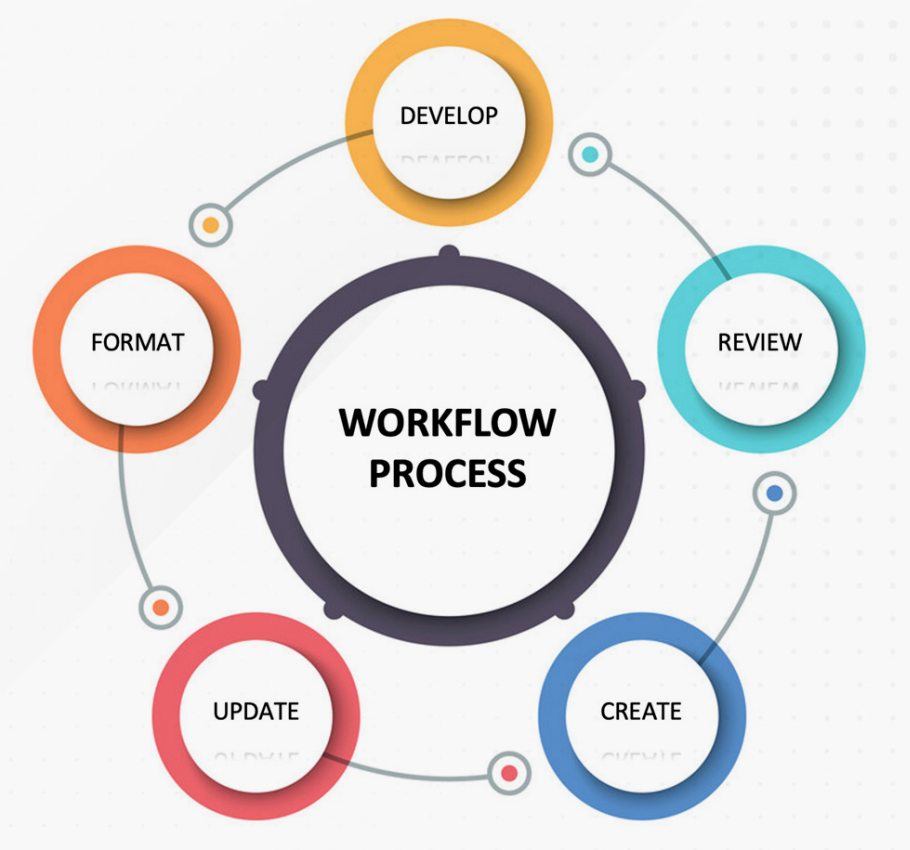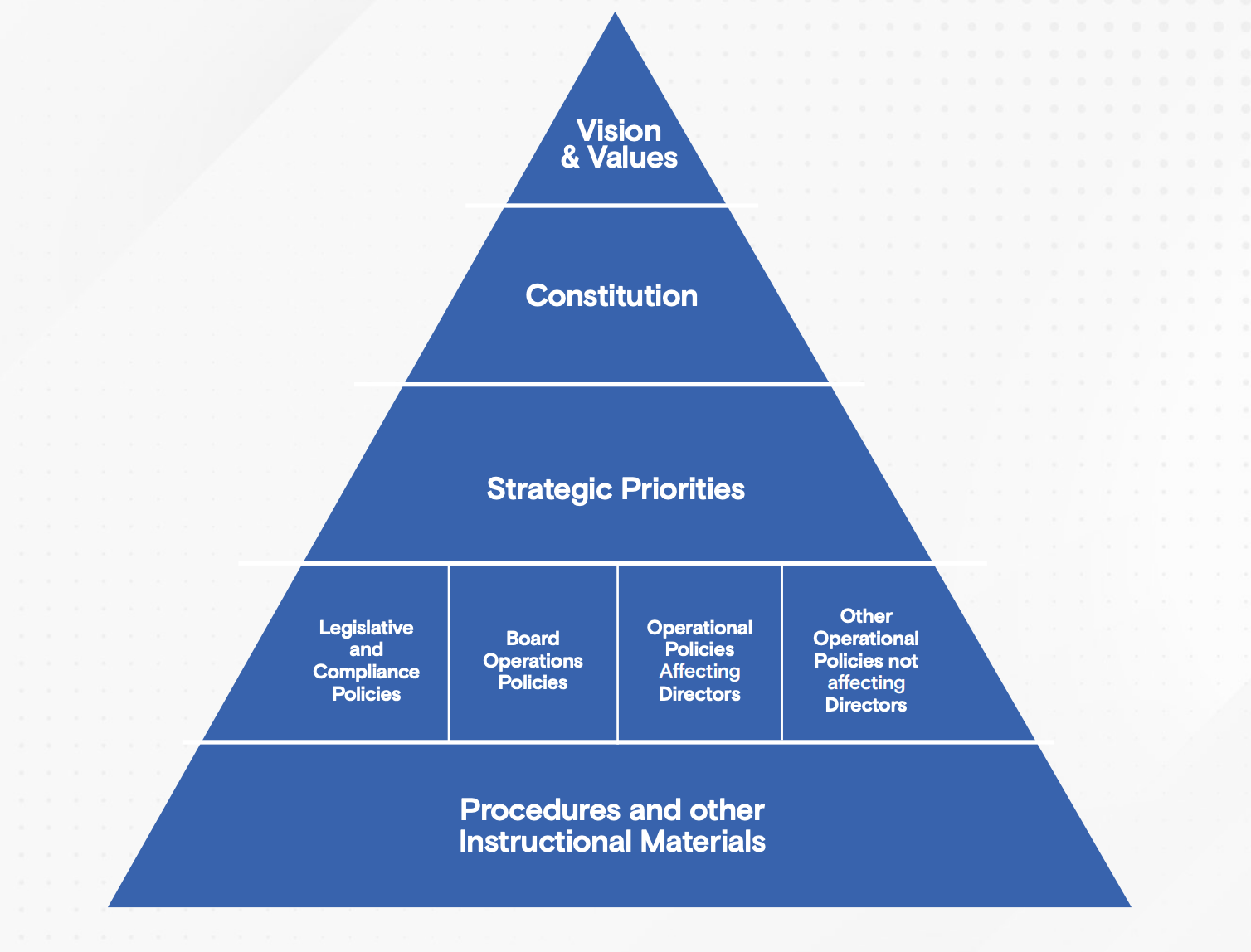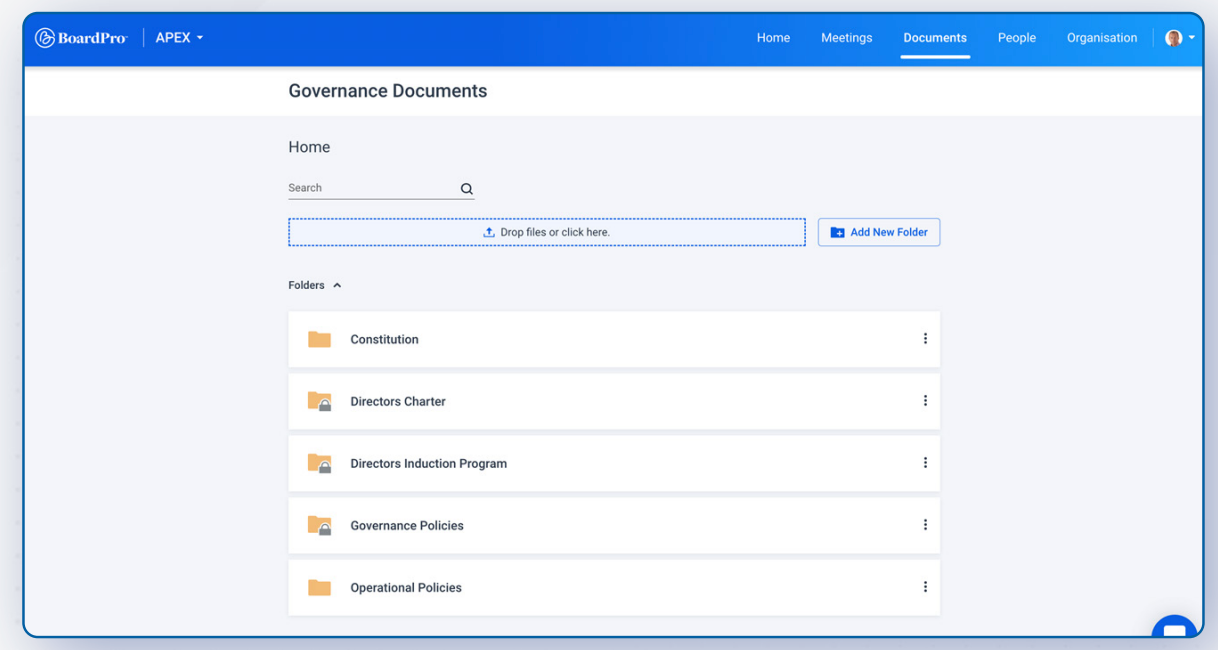How to develop board guiding policies
A Board and Operational Governance Policy Suite should contain important (often mandatory) information and procedures that will help to ensure that your organisation complies with all funding, legal and governance responsibilities.
This Board and Operational Governance Policy Suite is necessary for:
- Articulating the "rules" within which all Directors and others in the organisation are to operate and work
- Separating the role of the Board with governance and strategy; from the operational activity undertaken by the CEO and employee teams
- Working effectively with and through the CEO
- Monitoring the activity of the organisation against clearly articulated criteria confirming the required directions of the Board
- Leaving the Board free to spend sufficient time with key governance and strategic issues facing the organisation and planning for the future directions of the organisation.
- Ensuring all the required legislated, regulatory and best practice policies are developed under a quality controlled framework.
Reviewing Policy
The Board and Operational Governance Policy Suite is an evolving document. Once developed and implemented. it should be reviewed and updated on a regular basis as and when the circumstances warrant. This will ensure that the document remains current and accurate, and fully supports the needs of Board Directors and the organisation.
Note: “Policies” is an inclusive term that also covers Board and Committee Charters and Board Induction processes. “Board” is an inclusive term that also covers Committee of Management, Council, and other like terms that describe the governing body.
Notes for reviewing
- Ascertain if the policy reflects the latest relevant legislation
- Review for plain English and simplicity
- Review for relevance in any past incidents and how policy was used
- Review what has been learned since the last review that would make this policy more useful.
The Workflow Process

- DEVELOP Quality Control Framework and Policy templates fit for purpose
- FORMAT current Board policies into the Quality Controlled templates, and integrate into a cohesive Framework
- UPDATE any existing Board charters, policies and other agreed governance documents to ensure they are modern and fit for purpose
- CREATE Policy Register for current suite of policies to identify gaps in Governance Process Policies. Develop any missing policies. This Register can be used to store and monitor oversight of information related to other key documents such as Contracts, Funding and Service Agreements, Legislation Reviews.
- REVIEW the existing policies to ensure they are fit for purpose for your organisation.
Policy Structure
The following diagram depicts where the policies of the organisation sit within a hierarchy of key documents. Collectively, all of the documents related to the diagram below will shape the organisation and guide the behaviour and culture of the entity.

Policies are categorised as follows:
- Governance policies - Legislative and Compliance
- Governance policies - Board Operations
- Governance policies - Policies Affecting Directors
- Governance Policies - Policies not affecting Directors
The two types of Governance Policies relate to the processes of oversight and decision making of the Board. They describe the controls and behaviours that support effective accountability and performance outcomes.
The scope of relevancy of these Governance Policies would usually sit with Board Directors, Committee members and Senior Management. Some Governance policies could be of interest to members and wider stakeholders.
Governance policies are owned by the Board and require approval of Directors prior to introduction.
The two types of Organisational Policies refer to practices across a range of activities that provide the parameters for how the organisation and its staff will function.
The scope of relevancy of Operational policies would usually sit with organisational management and staff.
Operational policies are owned by the management of the organisation and would usually be approved by the CEO. Some matters may be deemed to be of high risk to the organisation. These items should be referred to the Board for endorsement.
Register of Key Documents
In addition to this Board Policy Suite, a Register of Key Documents should be developed and implemented by staff.
It stores key information and links for important documents that need to be reviewed / updated on a planned basis. The Register has colour-coding for the Next Review Date: Red means it is overdue for review; Yellow means it will be due for review within 60 days; and Green means the Review Date falls more than 60 days from now. Ideally, the folders and documents should be in your secure document repository, or, if you are using BoardPro, saved to your Governance Documents folders as shown in the example below.

The Register of Key Documents Includes:
- Constitution
- Director's Charter
- Director Induction Program
- Governance Policies:
- Legislative and Compliance Policies
- Board Operations Policies
- Operational Policies
- Operational Policies affecting Directors
- Operational Policies not affecting Directors
If you're looking for a tool to streamline your Board processes, check out BoardPro - an all-in-one software solution designed specifically for Boards and busy CEOs!
Schedule a demo with our team today and begin to experience a whole new way of meeting.
Share this
You May Also Like
These Related Stories
%20(1).png)
The importance of the Board's Policy Making Role

Everything you need to know about governance
%20(1).png)


